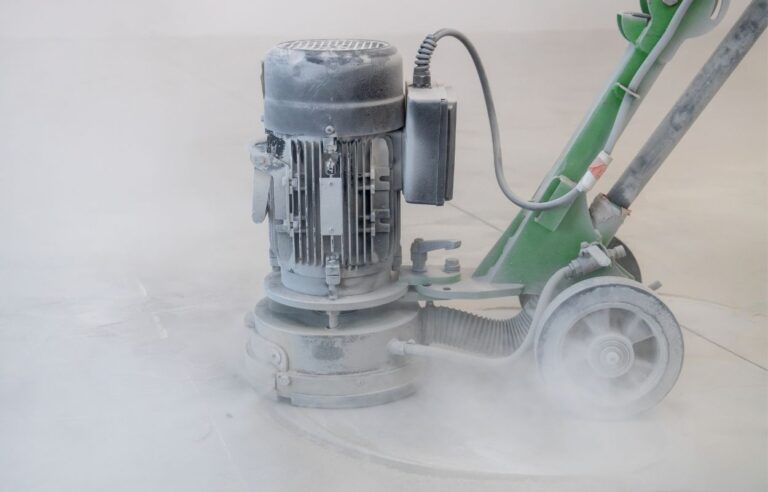
Demolition might sound like a straightforward job. You tear things down, right? Well, the reality is far more complex. There’s a lot that goes into professional demolition, from dealing with safety concerns to managing waste and ensuring the job is done efficiently. In this article, we’ll explore some of the key challenges professionals face in demolition and offer practical solutions and strategies to make the process smoother.
SAFETY FIRST, ALWAYS
One of the top challenges in any demolition project is safety. It’s not just about tearing down structures but doing it in a way that minimizes risk to workers, the public, and even the environment. Accidents can happen quickly if precautions aren’t taken seriously. From falling debris to unexpected structural collapses, the risks are numerous.
SOLUTION: PRIORITIZE THOROUGH PLANNING AND TRAINING
Before the first swing of a wrecking ball or a sledgehammer, it’s critical to assess the site for potential hazards. This includes checking for asbestos, unstable structures, or nearby utility lines. Having a detailed demolition plan and ensuring everyone involved is trained on safety protocols can help avoid accidents.
Additionally, protective gear like helmets, goggles, and steel-toe boots are essential for keeping everyone safe. It’s also important to have a designated safety officer on-site to monitor and address any potential risks throughout the job.
ENVIRONMENTAL CONSIDERATIONS
Another challenge in professional demolition is dealing with the environmental impact of the project. Demolition often involves tearing down old buildings or structures, which can release harmful materials like asbestos, lead, or other toxins into the air and surrounding environment. Plus, there’s always the issue of waste management, especially when recycling materials like concrete, metal, and wood is not done properly.
SOLUTION: SUSTAINABLE DEMOLITION PRACTICES
Demolition companies today are more aware of the environmental impact their work can have. That’s why sustainable demolition practices are becoming more common. By using techniques like deconstruction, which involves carefully dismantling buildings to reuse materials, companies can reduce the amount of waste going to landfills.
If you’re handling demolition in Port Alberni, for example, recycling materials and properly disposing of hazardous substances is key. Local regulations might also play a role in ensuring that you follow the necessary guidelines for environmental protection.
MANAGING NOISE AND DUST
Let’s face it: demolition can be loud and dusty. While some might think of the clanging of machinery and debris as part of the fun, the noise and dust can become a major issue. The vibrations and sounds from heavy machinery can disturb nearby residents, and the dust can create an unhealthy environment for workers and those living around the site.
SOLUTION: USE OF MODERN EQUIPMENT AND TECHNIQUES
Technology has come a long way, and today’s demolition equipment is much quieter and more efficient than in the past. For example, hydraulic equipment can be used to reduce noise levels, while dust suppression methods like water spraying or dust barriers can help keep particles from spreading. Not only will this help keep your site compliant with noise and air quality regulations, but it will also ensure you’re a good neighbor in the community.
STRUCTURAL CHALLENGES
Buildings aren’t all built the same way, and not all structures are easy to take down. Whether it’s a skyscraper, a house, or an industrial plant, each project has its own unique structural challenges. For example, some buildings have reinforced steel, others may be made with concrete, and some might be too old or unstable to handle traditional demolition methods.
SOLUTION: CUSTOMIZE THE APPROACH TO EACH PROJECT
A one-size-fits-all solution simply doesn’t work for demolition. Every building has its own set of challenges, which is why demolition teams must be flexible in their approach. Depending on the structure, it may be necessary to use specialized equipment, such as an excavator with a hydraulic attachment for cutting through thick concrete or steel.
Before the project begins, it’s essential to assess the structural integrity of the building to determine the safest and most efficient method of demolition. Some buildings might need to be taken down piece by piece, while others can be safely demolished using explosives or wrecking balls.
WASTE REMOVAL AND DISPOSAL
When you demolish a building, you’re left with a lot of debris. The challenge lies in managing all the waste created, especially when it includes hazardous materials like asbestos, lead paint, or even old electrical components. Not to mention, there’s the overall disposal of the non-recyclable materials that can’t be reused or repurposed.
SOLUTION: WORK WITH A PROFESSIONAL WASTE DISPOSAL SERVICE
To ensure proper disposal of hazardous materials, it’s crucial to hire certified waste disposal services. Many demolition companies partner with these services to ensure that all waste is disposed of in an eco-friendly and legal manner. They can handle everything from the removal of dangerous chemicals to the disposal of large quantities of concrete, wood, and steel.
Sorting materials for recycling can also cut down on the volume of waste sent to landfills. Working with local recycling centers helps reduce environmental impact while also saving money on disposal fees.
TIME CONSTRAINTS AND SCHEDULING
In demolition, time is always of the essence. Whether it’s meeting project deadlines or working around city regulations and zoning laws, you can’t afford to delay. The longer a demolition job takes, the higher the cost and the greater the impact on surrounding areas.
SOLUTION: PLAN AHEAD AND KEEP COMMUNICATION OPEN
To meet deadlines and minimize delays, it’s important to work closely with everyone involved in the project. Having a clear schedule and constantly communicating with the crew, clients, and local authorities can help ensure that everything stays on track. Anticipating potential delays and planning for them ahead of time is key to keeping everything moving smoothly.
If you’re involved in demolition in Port Alberni, coordinating with local zoning departments, utility companies, and neighbors can help avoid unexpected roadblocks. And, of course, having a contingency plan for emergencies is always a smart move.
ADAPTING TO CHANGING REGULATIONS
Demolition laws and regulations are constantly changing. As cities grow and environmental concerns rise, governments are enacting stricter rules to protect both the public and the environment. This can make things tricky for demolition companies, as they need to stay up-to-date on new regulations and ensure they’re compliant.
SOLUTION: STAY INFORMED AND FLEXIBLE
One of the best ways to stay ahead of changing regulations is to invest time and effort in research. This can include attending industry seminars, networking with other professionals, and regularly reviewing local and national demolition guidelines. A proactive approach will ensure that your company is always prepared for new laws and regulations.
Additionally, having a legal team or consultant familiar with demolition-related regulations can save you a lot of headaches down the road. They’ll help you navigate any legal issues and avoid fines or penalties.
CONCLUSION
Demolition isn’t just about knocking things down. It’s about safely and efficiently managing a variety of challenges, from environmental concerns to regulatory requirements. But with the right strategies, planning, and equipment, these challenges can be overcome. Whether you’re handling demolition in Port Alberni or another area, ensuring safety, sustainability, and compliance will keep your project on track and make the job easier for everyone involved.





